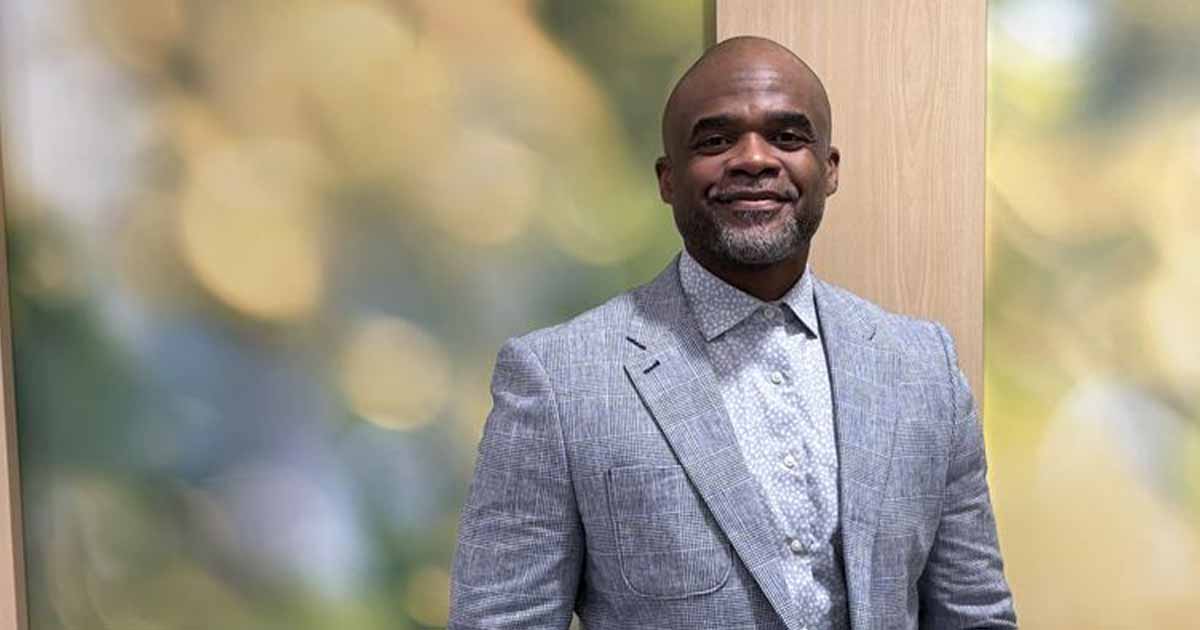As soon as he stepped onto the stage at HIMSS13 on Monday morning to deliver his keynote, Ochsner Health System President and CEO Warner Thomas acknowledged he might have preferred to follow a speaker other than New Orleans Mayor Mitch Landrieu.
“The mayor is a great speaker,” Warner said. “He’s a tough guy to follow.” Warner went on to elicit laugher from the audience with his next line. “We had The Super Bowl, then Mardi Gras, and now we have you guys. We’ll see how you do on the fun meter,” he said, before launching into a call for action.
The CEO seemed to have tapped his inner motivational speaker, punctuating the several healthcare challenges he laid out with the refrain; “What are you going to do about it?”
“The country faces a fiscal crisis. For middle class America, healthcare is becoming unaffordable,” he noted. “Deductibles are increasing, but payments are not.
We’re seeing payment reductions – a 2 percent pay cut.” For Oschner the cut translates to $1 million a month, starting April. 1.
“What are we going to do about it?” he asked.
“We’ve got to shift from a volume mentality into value,” he said. “We’ve got to be thinking differently.”
As Warner sees it, solving problems, coping with change, dealing with adversity, is all about perspective.
“We control our perspective,” he asserted, as he clicked to a slide showing someone with his head buried in the sand, and quickly moved to the next slide of optimistic and energized people.
“If we’re not optimistic and energized, we will not be successful,” he said. “We’re going to set the stage for the next 10, 15, 20 years. Think about the challenge.
Think about the legacy. Change is hard, but there’s a lot of change that has been going on in other industries.”
Ochsner Healthcare, a 71-year-old institution, with eight hospitals and $1.9 billion in revenue, has 13,500 employees. It is 70 percent of the way toward an IT conversion from a homegrown electronic health record to an Epic system. IT has reached Stage 6 on the HIMSS Analytics EMRAM scale. One hundred percent of its 900 physicians have met meaningful use.
These days, Warner said, a successful go-live is considered a very good start, rather than the endgame.
“I think we need to redefine what a good installation is,” Warner said. Does it provide higher quality healthcare cost effectively? Are the physicians happier?
“We don’t expect IT to drive all the change, he said, but we expect it to be a driver. We have to be perfect at being better.”
Warner urged the audience to lead in making the right changes for healthcare, and to look to other industries for inspiration: airlines, banking, Wal-Mart, Amazon, which have all managed to keep costs down by having their customers do more work, and also by knowing their customers inside out.
“Are we going to rise up and hit this challenge head on – or not?” Warner asked. “It’s not just our job. It’s our duty to take this on. It is our collective duty – it’s all of our duty – to make this work.”
Earlier, Warner talked about New Orleans’ turnaround post Katrina, a better city on many fronts, including education, economy, healthcare and jobs – named No. 1 metro area for IT jobs, according to Forbes magazine.
“You never know how strong you are until you have no choice but be strong,” Warner said.


